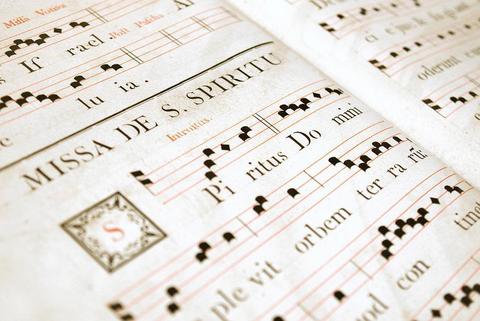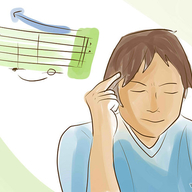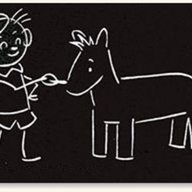Mobile Music Notation |

This is how I write down music so I can read it from my phone or notepad or scrap of paper or whatever. I really really don't like traditional notation because it uses absolute pitches which makes everything very complicated.
Okay, so here are the basics:
- beats are represented by spaces
- bars are represented by a colon :
- pitches are represented by scale degree number
- chords are also represented by number
- held notes are represented by ~
- rests are represented by 0
- downstrums are \
- upstrums are /
For example, this would be the melody for "Mary Had a Little Lamb":
- 3 2 1 2 : 3 3 3 ~ : 2 2 2 ~ : 3 5 5 ~
If you want eighth notes just bunch them together in one beat:
- 11 12 33 21 : 11 12 33 21
Play the above melody in a minor key. The notation doesn't tell you its a minor third because that's a property of the key (and because adding in an 'm' or 'b' would make it less readable and less memorable).
Once you start changing octaves you add grave accents above or below the number. I do this on the computer with <ctrl>-<shift.>+U+301 (may be different for your operating system). I would have used dots but my phone won't show them.
- 1 3 5 6 : 1́ 3́ 5́ 6́
Here is a downstrum pattern, an upstrum pattern and a combo pattern
- \ \ \ \ : / / / / : \ \/ \ \
For chords I just use the numbers 1 to 7. You have to know the quality (major/minor/diminished) from the key you are in. Popular songs sometimes modify a chord and I just annotated that modification before the transcription. eg
- 4 = IVsus2
Mostly writing down chords and harmony is not a problem because there is plenty of space to add modifiers.
About Roger Keays
 |
Roger Keays is an artist, an engineer, and a student of life. He has no fixed address and has left footprints on 40-something different countries around the world. Roger is addicted to surfing. His other interests are music, psychology, languages, the proper use of semicolons, and finding good food. |





